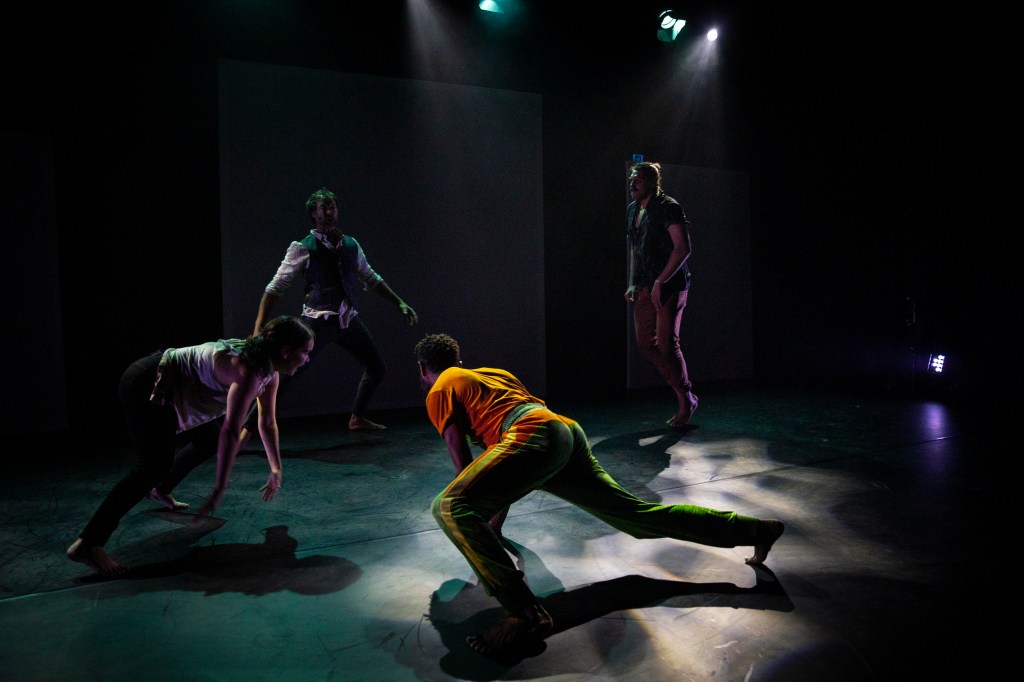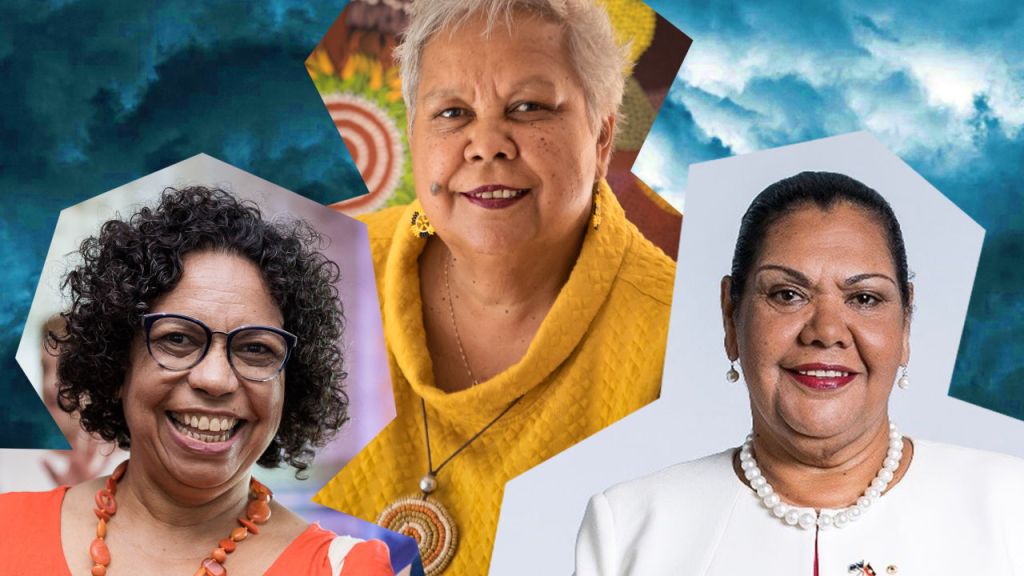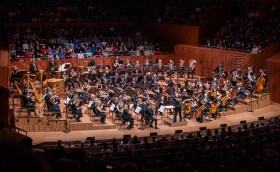As Brisbane Festival launches, Culture takes tangible, creative, visible, embodied, curated multi-dimensional sensory form. Yet, Culture is also with us every day – it is present in how we speak, the choices we make, the people we prioritise and how we organise our lives.
Is it because Culture can be celebrated on a stage and also be tacit and invisible that we have such a hard time understanding it? Are we further confused because culture, when celebrated through creative activity, is both extraordinarily good fun as well as economically valuable?
The Australian Bureau of Communications, Arts and Regional Research estimated the value of cultural and creative activity, connected to the arts, media, heritage, design, fashion and information technology, to the tune of $111.7 billion in 2016-17.
Brisbane Festival plays squarely in this space and economic value, and this year it also plays deeply in the celebration of First Nations cultural and creative activity.
According to Brisbane Festival Indigenous Advisory Group Co-Chair Michelle Tuahine, we can enjoy ‘168 First Nations artisans, performers and creatives share their intensely personal narratives through ceremony, smoke, songline and performance’ in the 2021 Brisbane Festival program.

But what is the value of cultural and creative activity in the hands of peoples born of the world’s oldest living culture, some 65,000 to 80,000 years of civilisation?
My mind boggles with all the numbers. I wonder if I’m capable of a rational economic view when I usually feel the value of cultural and creative activity in goosebumps and a lighter sense of being.
Perhaps I’m not alone. Perhaps the challenge of valuing cultural and creative activity is why Australia’s largest federal policy platform to improve the lives of Indigenous peoples has only just included Culture in its Closing the Gap targets after more than a decade of whole-of-continent, multi-jurisdictional policy pursuit.
And why does the refreshed Closing the Gap policy approach only include language as a key performance indicator of Culture when, by the government’s own definition, culture is that and so much more?
Darambul, Juru and South Sea Islander scholar Dr Carmen Parter and her colleagues offer some answers, noting ‘if improvements are to be made to Closing the Gap policy, Indigenous culture must be integral to addressing health, education and employment targets’.
At the same time, Distinguished Professor Maggie Walter, a Palawa woman of the Pairrebenne people of North Eastern Tasmania, suggests less administrative data and more data that engage more than cursorily with our Indigenous Lifeworlds.
Walter defines Indigenous Lifeworlds how the Australian Bureau of Statistics might recognise cultural and creative activity, inclusive of traditional and ongoing Culture, belief and systems, practices, identity and ways of understanding the world and their place, as a people, within it.
The other half of Walter’s definition relates to the intersubjectivity arising from our dire experiences of colonisation.
The endless beauty of Indigenous Lifeworlds and First Nations cultural and creative activity is that we can carry the joy and the sorrow while connecting back, being in the moment and bringing strength for the future.
Perhaps while we figure out how we’re going to truly value culture and creative activity, we should just get out and get us some while we can?
Brisbane Festival is on from 3 – 25 September at various locations around Brisbane. Sandra Phillips is chairing First Nations First, a conversation about First Nations Australians present and future.





